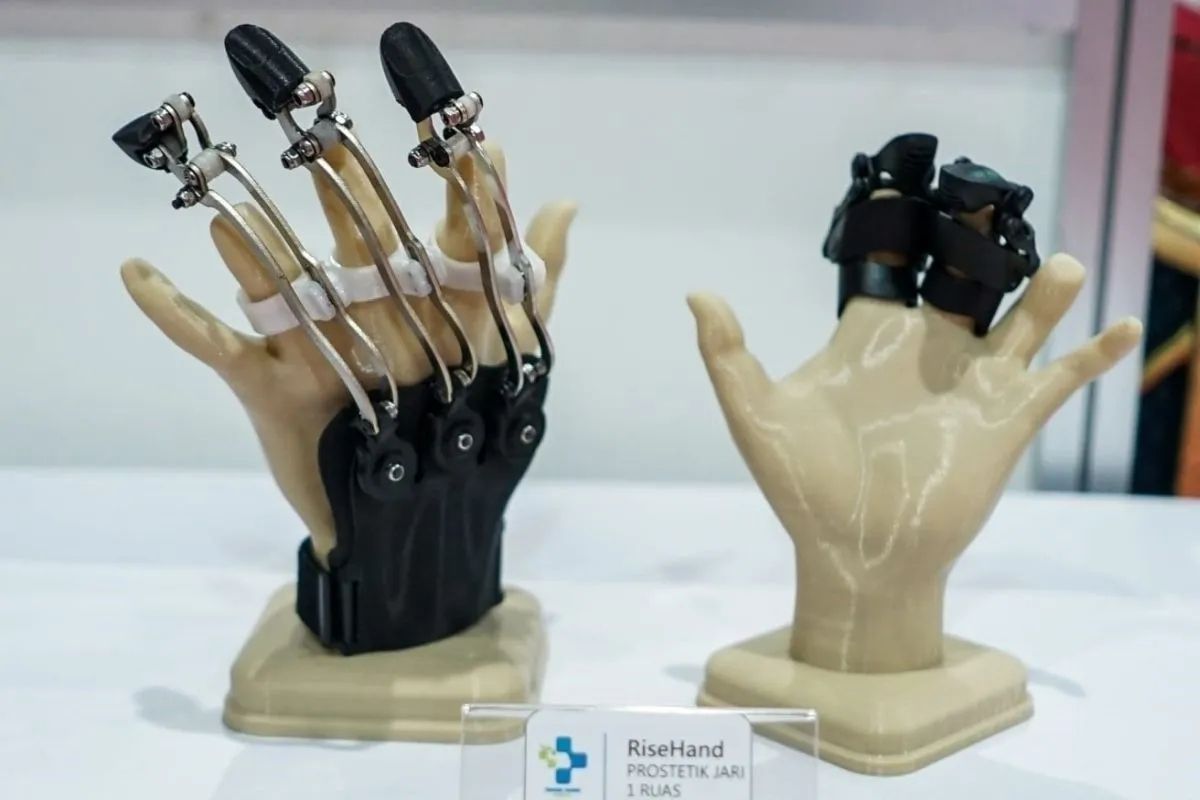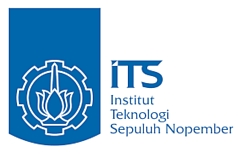- A significant step forward for the development for Indonesia’s MedTech sector
Sepuluh Nopember Institute of Technology (ITS), a leading university in Indonesia, with PT Tekno Sains Medika and PT Bina Makmur Abadi, has developed seven medical devices using integrated digital technologies, in a significant boost to the country’s nascent MedTech industry.
The seven devices use integrated 3D design and digital fabrication technology. Through fabrication technology, products can be customized and made based on consumer request. It is expected that the use of this technology can help speed up the handling of medical cases, said Djoko Kuswanto, ITS lecturer and medical equipment inventor.

The new products include AMO3D, a 3D-printed implant mold based on patient data; GUO3D, a 3D-printed work support tool; and PRO3D, a 3D-printed body protective device made using patient-specific scans. These tools are the only ones in Indonesia that combine innovation and digital technology for use in healthcare settings.
ITS has also created products called HUMA3D in the form of a mannequin, and TSM.Bones, a replica of human bones for educational purposes and clinical training for aspiring medical professionals.
The final products are RiseHand, a tool that assists patients with amputated fingers in grasping objects, and Surgical Instrument, a range of tools for surgical operations, including scissors, knives, and tweezers.
These medtech products, which were launched at the 35th Hospital Expo, Jakarta Convention Center on October 18 have been used by several hospitals and universities in Indonesia, and hundreds of units of the devices have been ordered. So the quality of these products is no less competitive comparing with products from developed countries, Kuswanto said.
Bambang Pramujati, ITS Deputy Rector, said: The launch of these medtech devices is proof of ITS’ commitment to developing technology in the health sector. The large volume of imported medical equipment and the rapid development of technology prompted ITS to develop the medical equipment by increasing the domestic component level to above 40 percent.
Besides collaborating with Airlangga University Hospital (RSUA) for the research and trials phase, the development of the new medical devices also involved the use of locally sourced components and the support of digital technology, said Pramujati.
Digital 3D printing technology, artificial intelligence (AI), as well as augmented reality (AR) and virtual reality (VR), can be used to improve health facilities in Indonesia, Pramujati said.
Nike Besta Sari, Director of PT Tekno Sains Medika, said: The price of the products is lower compared to other similar products. For example, HUMA3D is being sold for just under Rp50 million (around US$3,200), which makes it cheaper compared to similar products that cost hundreds of millions of rupiah.
Using locally-made components, the new devices are produced on a pre-order system. Sales pricing is less than that of imported products, but does not reduce product quality, Sari said, adding that the company would be holding development workshops regarding the healthcare tools at various locations throughout Indonesia.
By Yashinta Difa Pramudyani, Edit by Anton Santoso, COPYRIGHT (c) ANTARA 2023















